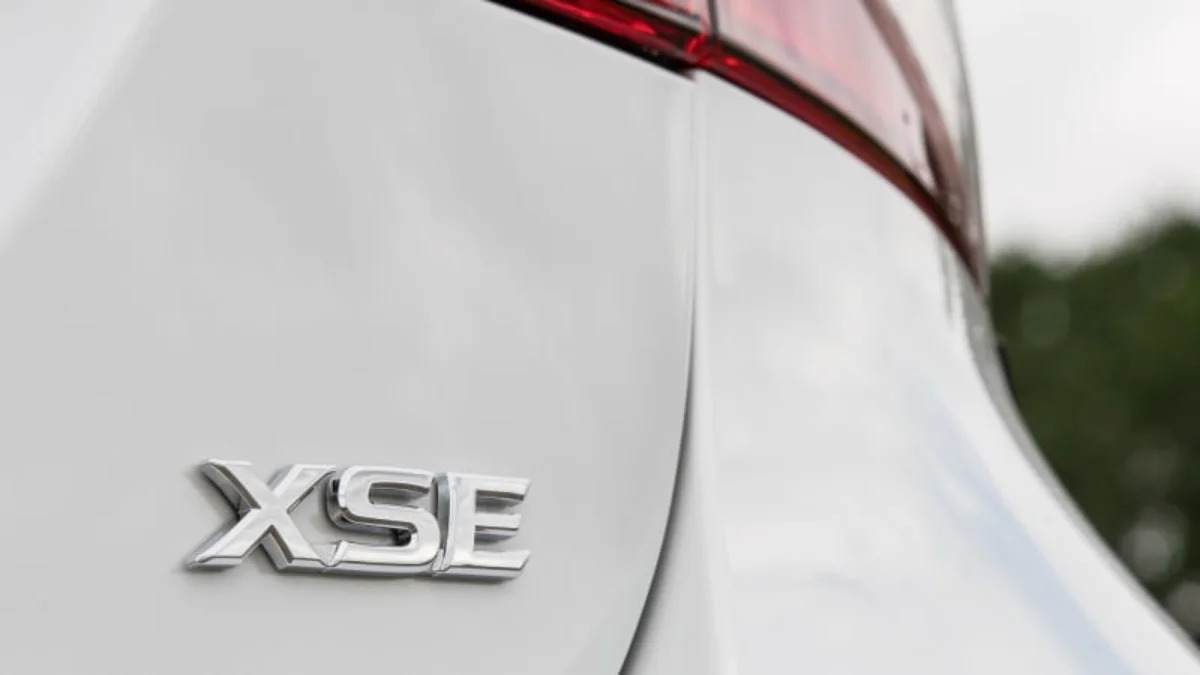This is part of a series breaking down all the terms you need to know if you're buying a new or used car from a dealership. Check out the rest of the series at our Car Buyer's Glossary.
Sometimes called grades, the trim typically categorizes the specific performance level, packages, options, features, and extras on the base vehicle. Each trim level comes at a different price, meaning a trim somewhat determines how nice a car is.
But let's rewind to what comes before the trim name: make and model. The make is a manufacturer, such as Toyota, while the model is a specific car, such as the Corolla. Think of it as opposite of our own names, with the family name coming first, and the given name coming second. Trim names change from manufacturer to manufacturer, but typically they are labeled with a combination of letters (such as "XLE") or a marketing classification (such as "Premier").
Sometimes called grades, the trim typically categorizes the specific performance level, packages, options, features, and extras on the base vehicle. Each trim level comes at a different price, meaning a trim somewhat determines how nice a car is.
But let's rewind to what comes before the trim name: make and model. The make is a manufacturer, such as Toyota, while the model is a specific car, such as the Corolla. Think of it as opposite of our own names, with the family name coming first, and the given name coming second. Trim names change from manufacturer to manufacturer, but typically they are labeled with a combination of letters (such as "XLE") or a marketing classification (such as "Premier").
So what does a trim entail? A lower end trim may include cloth seats and a basic stereo, for example. A higher trim might include an upgrade to leather seats, a navigation system, bigger wheels, extra safety equipment, or fancy exterior lighting. Anything that could be a change or improvement on the car could be included in an upper trim. The higher trims often package multiple things together, which is often a better deal than buying all the options individually. Thus the price of a higher trim level usually increases, but the relative value of all of its equipment is usually higher, too.
Trims are different than options packages. Let's say you have a basic trim level car with a low-end infotainment system. You might be able to upgrade it to a nicer system with a stand-alone upgrade or an options package – a bundle of commonly selected upgrades – without changing trims. Generally, the next trim level up will make many of these optional features standard. An option can make a lower-trim car nicer, but usually many features are reserved for higher trim levels. For example, to get a power moonroof, many automakers require you to select a higher trim level – it won't be an option on a lower trim level.
The Toyota Corolla's lineup has a lengthy but straight-forward ordering sheet. It has L, LE, LE Eco, SE, SE 6MT, XLE, and XSE and trims. Note that Toyota has a specific SE 6MT trim. Some manufacturers will denote a different transmission choice in the trim level like this, instead simply offering it as an option for the trim levels it is available on.
While traditional companies such as Chevrolet and Ford generally offer a range of trim levels, as described above, some luxury and enthusiast cars are only available in one trim – in other words, there are no trim levels, just a few available options. The RDX is a good example. It only comes in one trim, with a turbocharged engine and a 10-speed automatic transmission. The buyer can choose between a few distinct options (the paint color, front- or all-wheel drive, and three different packages of interior content).
Although the wide variety of trims can be overwhelming, the decision of which to buy comes down to priorities and value. Decide what is important and see which trims and options check those boxes. Use the online "build and price" tools to check if you can add the needed equipment to a lower priced trim through options. Or maybe a higher trim bundles a bunch of great options together for less than you might pay to add them individually.
Related Video:



Sign in to post
Please sign in to leave a comment.
Continue